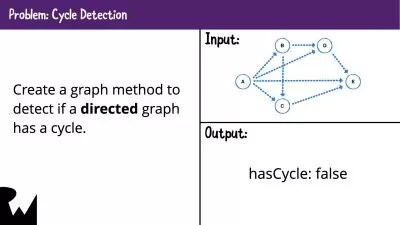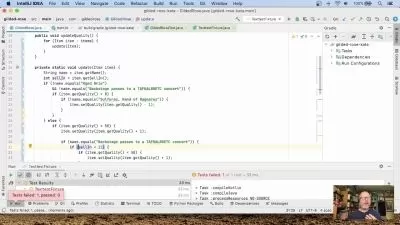Kotlin 1.5 Coroutines: Getting Started
Kevin Jones
4:16:59
Description
Coroutines have become a core skill that is needed when building applications with Kotlin. This course will teach you the basics of coroutines, suspending functions and how to use them.
What You'll Learn?
Coroutines are a way of writing non-blocking asynchronous code in Kotlin. In this course, Kotlin 1.5 Coroutines: Getting Started, you’ll learn to use coroutines effectively in your applications. First, you’ll explore coroutine builders and suspending functions Next, you’ll discover structured concurrency. Finally, you’ll learn how exceptions and cancellation work with coroutines . When you’re finished with this course, you’ll have the skills and knowledge of coroutines needed to build scalable, asynchronous applications.
More details
User Reviews
Rating
Kevin Jones
Instructor's Courses
Pluralsight
View courses Pluralsight- language english
- Training sessions 59
- duration 4:16:59
- level average
- Release Date 2023/12/15













